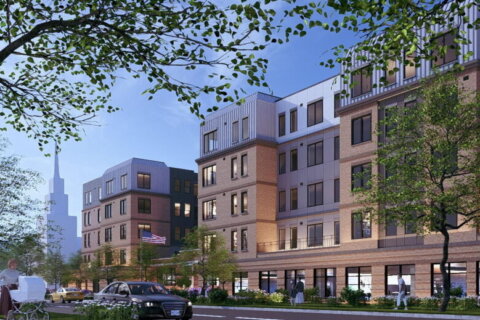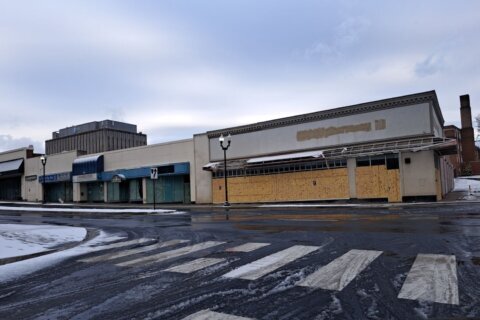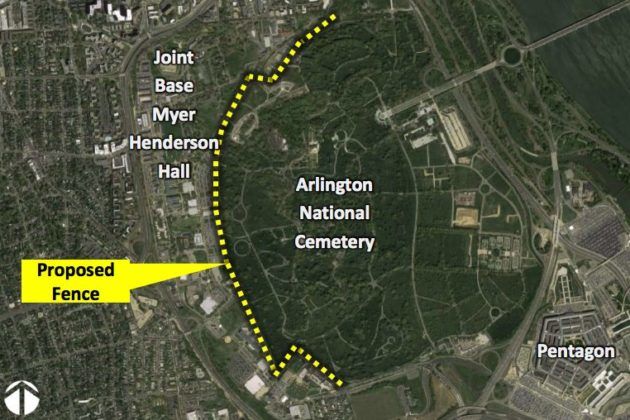
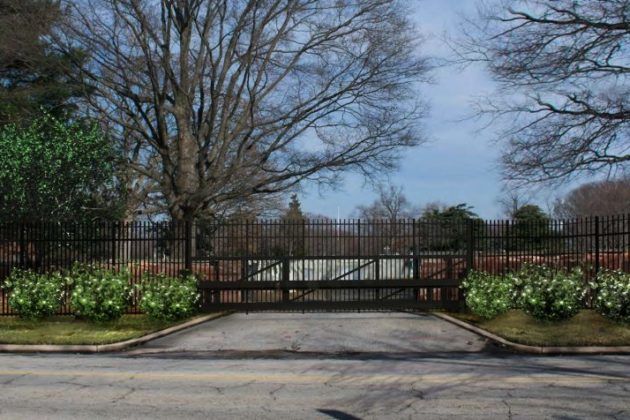
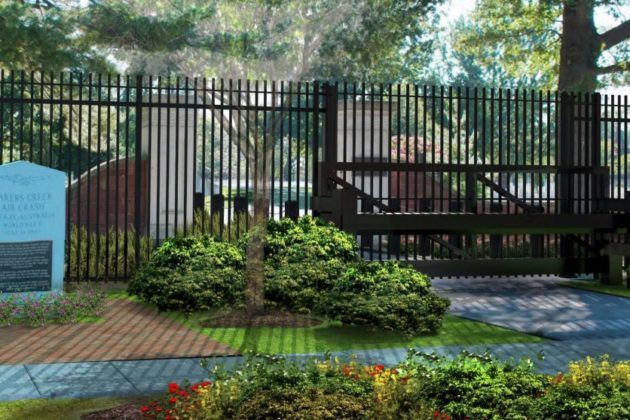
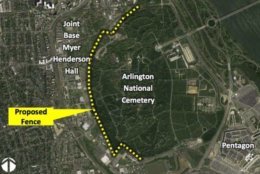
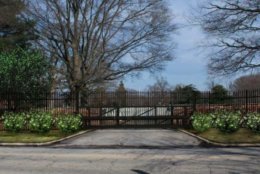
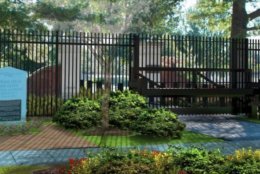
The Army is now set to build a two-mile-long, eight-foot-high security fence along the border of the Arlington National Cemetery and Joint Base Myer-Henderson Hall.
The National Capital Planning Commission, a regional planning body focused on projects on federally owned land, unanimously signed off on designs for the new fence at a meeting last month. The project, commissioned to replace a four-foot-high fence currently separating the base from the cemetery, will also include a five-foot-wide walking trail along the perimeter of the burial ground and a new parking lot to replace some spaces to be eliminated by the construction.
The Army proposed the new fence in the first place over concerns that the existing wall is “no longer adequate to protect the employees on the installation,” according to a report prepared by the commission’s staff. The fence will include four gates to allow access between the base and the cemetery — the fence itself will be “anti-climb and the gates will be both anti-climb and anti-ram,” according to staff.
The gates were a particular point of concern for some members of the commission, who pressed the Army to reconsider designs at the Selfridge and Memorial Chapel gates, in particular. However, the fence’s designers said they couldn’t quite manage to find a design that would simultaneously meet the Army’s design concerns and the aesthetic issues the commission identified.
“[At] Selfridge, I think we’ve proven that beauty and elegance is gone from our minds,” Commission Vice Chairman Thomas Gallas said during the Oct. 4 meeting. “And I guess I’m disappointed, because I know everybody, everybody, all the stakeholders appreciate what that gate feels like as you approach it. It really is something powerful, as we went there to see it, it moves you. And it won’t move you anymore. Nothing’s going to move there. It’s constipated, I guess you could say.”
The Army does plan to add more shrubs and landscaping at the gates to help address some of those concerns, according to the staff report.
The project will also include a trail, which “follows the path of countless runners and walkers” and “will be made from permeable pavement.” The Army also hopes to add “small seating areas with benches and detailed planting along the trail,” the report says.
The cemetery is set to see a bevy of other changes in the coming years, with plans for a massive expansion of the burial ground and a realignment of many nearby roads.

